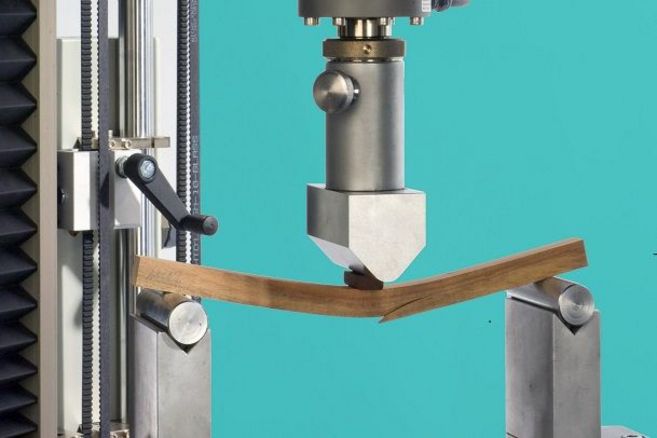Background and objective
To ensure the safety of building constructions, e.g., in the context of federal waterways, wooden parts in the underwater area must also be regularly inspected for damage. With the spread of various harmful organisms such as the naval shipworm (Teredo navalis) the importance of such building surveys is increasing. At present, however, suitable measuring equipment to satisfactorily fulfil this task is lacking:
- The inspection of the wooden materials with a knife reveals different results depending on the external conditions
- Drill core extractions reduce the load-bearing cross-section, especially in the case of regularly repeated inspections
- Low-destructive drilling resistance measurements have only been established for the above water area
- Non-destructive measurement methods for timber in the underwater area are completely lacking
The aim of the project partners is therefore to develop existing examination techniques in such a way that they can be applied in the underwater area and reproducible measurement results are to be obtained. Ultimately, suitable measurement devices and reliable inspection techniques are to be provided as a service, thus enabling proper compliance with existing regulations.
Approach
To develop a measuring method based on wood substance testing with a knife, experiments first have to be conducted under specified laboratory conditions and the results compared with established characteristic values for of wood properties. In the second step, an experimental device will be developed to enable measured values obtained under practical conditions to be comparable with those from the laboratory tests. The underwater tests will be carried out both in regular diving operations and in a specially equipped diving laboratory. Drilling core samples will always be taken and supplementary tests will be carried out on them (e.g., monitoring of harmful organisms). The technical details of the drilling resistance measurement (Resistograph) will be adapted so that operation in under water conditions is possible. By means of laboratory and practical tests, the prerequisites to establish this measurement method in the underwater area are being created. The procedure for the non-destructive measurement method is similar.
To the project:
Non-destructive assessment of wooden components in an underwater area




![[Translate to English:] Logo des Bundesministerium für Ernährung und Landwirtschaft](/media/allgemein/logos/BMEL_Logo.svg)